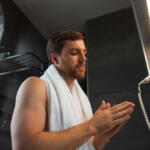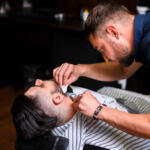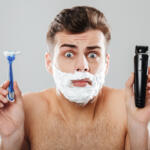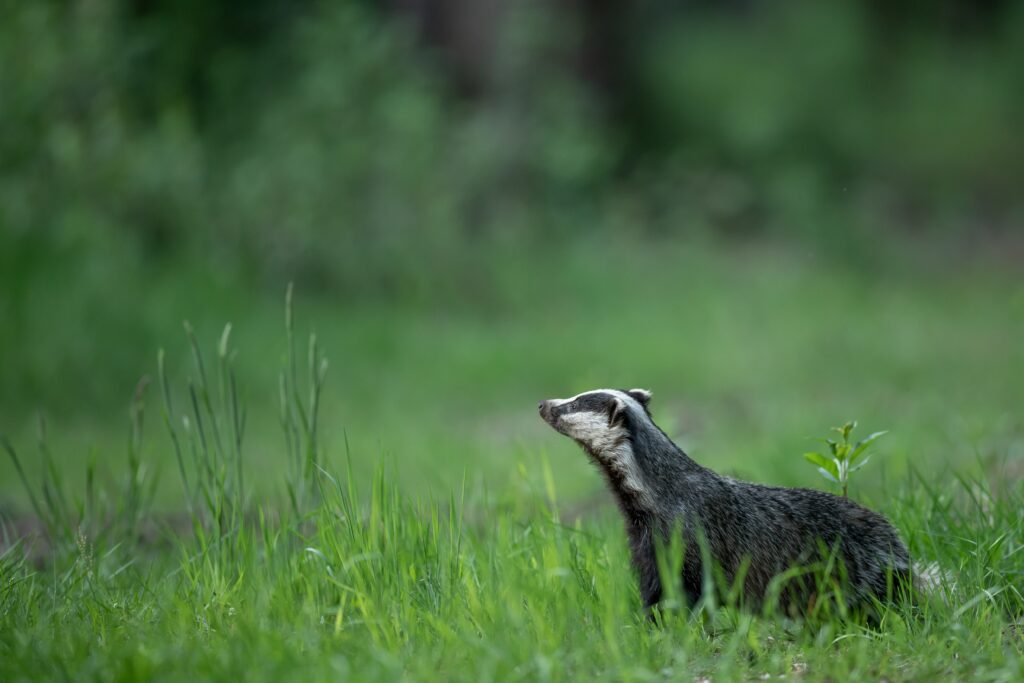
Are you curious about how shaving brushes are made? If so, you’re in the right place! This blog post will walk you through the process of extracting badger hair for a shaving brush.
Table Of Contents
−- Types of Hair Used for Shaving Brushes
- The Benefits of Badger Hair Brushes
- Where is Badger Hair Harvested From?
- The Difference Between Pure, Best, and Super Badger Hair
- The Process of Extracting Badger Hair for Shaving Brushes
- Processing the Hair for a Shaving Brush
- Are Badgers Killed for Shaving Brushes?
- What Other Ways Are Badger Bristles Harvested?
- How to Care for a Badger Hair Shaving Brush
- The 6 Primary Species of Badgers
- Learn More About Wet Shave Brushes
From understanding the different types of badger hair to learning how to extract and prepare it for use properly, this is your guide to everything you need to know about badger hair for shaving brushes.
Types of Hair Used for Shaving Brushes
When it comes to shaving brushes, a few different types of hair are used. Natural hair shave brushes are generally made from the coat of one of three animals: horse, boar, or badger. Of those three, only horse hair is “harvested” humanely, as the other two animals have their pelts cut in a process similar to shearing.
Badger and boar hair is obtained through hunting or trapping, and some countries have laws against it. Horse hair is softer than either boar or badger hair, but boar and badger hairs are better for creating a lather.
The long answer for this is that the badger hair in the shaving brush is also designed to whip up the shaving cream into a nice lather, and the fibers on the brush help massage the skin for a softer shave. Badger’s hair has been used for over two centuries to make shaving brushes and provides quality comfort.
The Benefits of Badger Hair Brushes
Badger hair brushes offer a variety of benefits that other types of brushes can’t match. They are incredibly soft and gentle on the skin, which makes them ideal for sensitive skin types.
They also create a creamy lather that is perfect for wet shaving. Badger hair brushes are also incredibly durable and long-lasting, making them a great investment for those looking for a quality brush that will last.
Where is Badger Hair Harvested From?
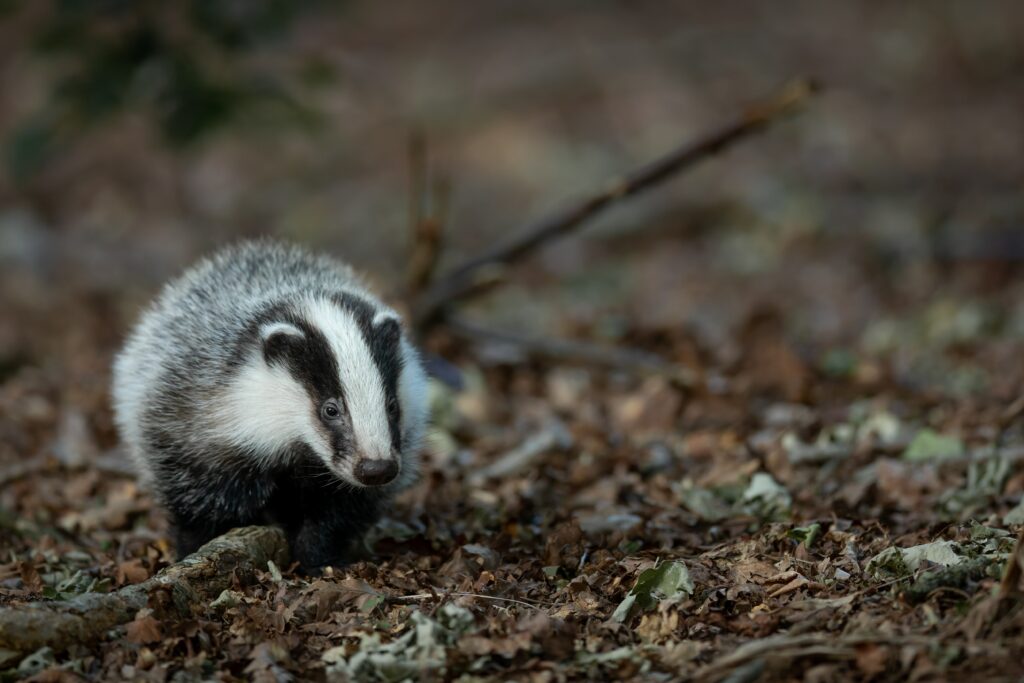
Badger’s hair is mainly sourced from trappers in China, and the prevailing method of hunting is to gas the badger sett. Because badgers are very aggressive animals, it is nearly impossible to shear their fur.
As a result, the entire animal is used, with the hair being removed and exported for manufacture in badger hair shaving brushes.
The hair is then extracted from the badgers and exported for use in shaving brushes. Badgers are considered disposable for the badger hair trade, and as such, their pelts are skinned and used without consideration for the animal’s welfare.
The Difference Between Pure, Best, and Super Badger Hair
Shaving brushes can be made from different hair types, including badger, boar, and horse, but badger hair is the most popular material used by wet shavers. Badger’s hair is available in three grades—pure, best, and super—each with unique characteristics.
- Pure badger hair is the most readily available grade on the badger’s belly. It is the least expensive grade of badger hair and is relatively stiff and coarse.
- Best badger hair is much softer than pure badger and is found on the back of the animal.
- Super badger hair is finer and softer than best badger and is found on the neck and shoulder of the badger.
All three types of badger hair offer excellent water retention properties and are ideal for creating a rich lather for wet shaving.
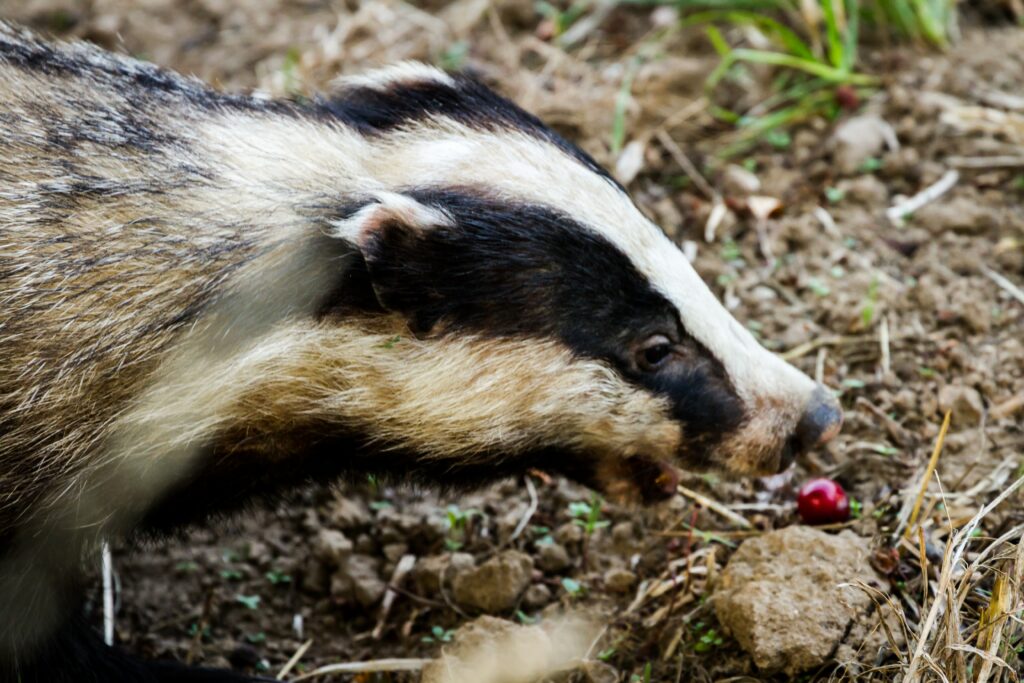
The Process of Extracting Badger Hair for Shaving Brushes
The benefits of badger hair brushes are well-known, but how can the hair extracted from a badger be used in a shaving brush? The process involves a skilled artisan extracting the hair from the badger’s hide.
The extraction process of badger hair begins with the animal being skinned, and then the hair is sorted and processed by a distributor. After being “dressed” or prepared for use, the hair is removed from the badger and exported for manufacture into shaving brushes.
The process begins by carefully removing the badger’s hide and cutting it into small pieces. Next, the pieces are soaked in hot water and soap, which helps to loosen the hair. After that, the pieces are laid out and combed to separate the long hairs from the short hairs.
After the extraction process is completed, the badger hair is then cleaned, sorted, and graded according to its quality. This ensures that only the best quality of badger hair is used in making shaving brushes.
To extract DNA from unrooted hair an extraction protocol is applied to recover DNA from the unrooted hair of shaving brushes obtained from commercial companies in The Netherlands and Spain. The collected badger hair is then processed into two types of brushes – fine or best badger hair brushes.
Finally, the selected hairs are tied together in strands, ready to be used in a shaving brush. This process is labor intensive and requires a great deal of skill, but it results in a luxurious shaving brush that will provide years of satisfaction.
Processing the Hair for a Shaving Brush
Once the badger hair is extracted, it must be processed in order to make a suitable shaving brush. The hair is dressed so that the color and texture of the bristles can be determined and so that the hairs can be bound and glued densely into a handle.
This process ensures that the badger hair efficiently whips up a lather more effectively than a sponge or hands. The hair is then sorted and processed before being sent off to a manufacturer to create a shaving brush for use.
Are Badgers Killed for Shaving Brushes?
Badgers are unfortunately killed and used in the manufacture of shaving brushes in some cases. Most of the badger hair used in these brushes is sourced from China. Unfortunately, some badgers are illegally captured with snares and other cruel methods, even though they are a protected species.
This is why organizations such as PETA have launched petitions to urge companies to stop selling badger-hair brushes. Other animals, such as boar and mink, are also subject to the same trade, but badgers face particularly heightened exploitation. While this situation is dire, it is possible to find brands that offer cruelty-free alternatives for those who wish to avoid contributing to the badger brush market.
What Other Ways Are Badger Bristles Harvested?
The back of the badger provides stiffer hairs, which are used for shaving brushes, while the belly gives softer, more expensive hairs, which are used for artists’ paintbrushes. For the badger hair trade, badgers are seen as expendable. Once they start to lose hair or become too sick or malnourished to grow more hair, they are thrown away.
However, brushes originate from countries in which the Eurasian badger is a protected species, such as The Netherlands, Spain, France, Italy, and the United Kingdom.
The badgers are treated humanely during the extraction process, and afterward, they are released back into their natural environment. As badgers are an important part of local ecosystems, it is important that their habitats are respected and maintained. It is also important to note that donor-site hair doesn’t grow back after extraction, but it is typically well-concealed by the rest of the hair in the area.
How to Care for a Badger Hair Shaving Brush
Caring for your badger hair shaving brush is important as it ensures that it will last longer and perform better when used, and we shouldn’t take lightly throwing away our shaving brush without caring for it properly. Proper care for a badger hair shaving brush should include washing it before its first use, rinsing it after every shave, and giving it a deeper clean once a month.
It’s also important to soak the bristles in warm water and vinegar before first use, as this will help remove any initial badger odor from the brush. With proper care, your badger hair shaving brush can be a reliable tool in your wet shaving kit for years to come.
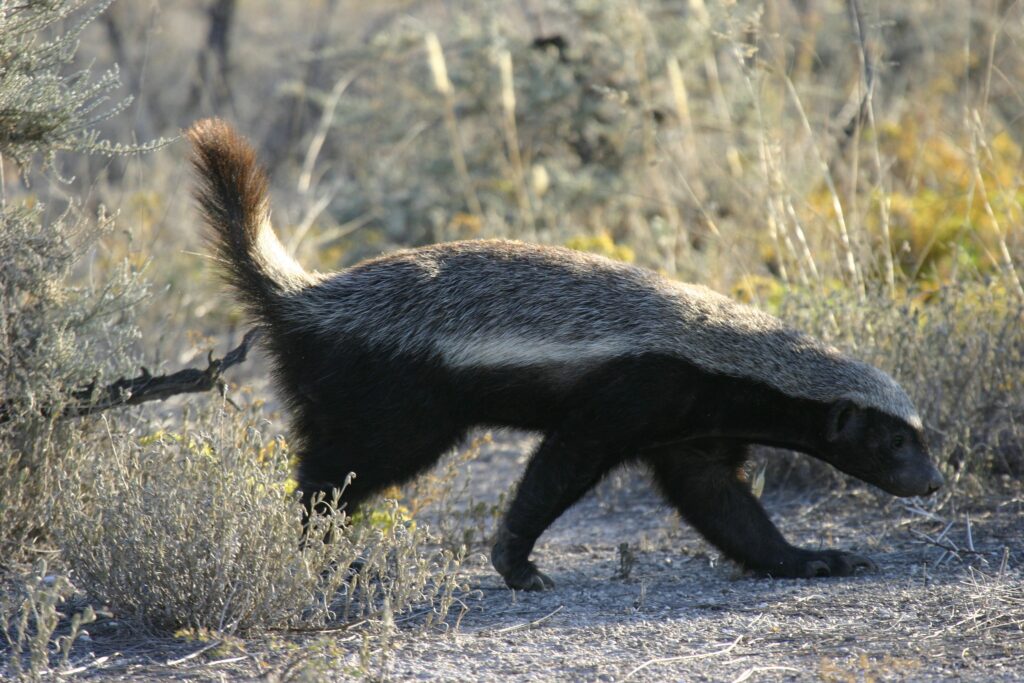
The 6 Primary Species of Badgers
Badger’s hair is highly sought after for its unique qualities, especially its durability and softness. There are 6 primary species of badger distributed worldwide, the Eurasian badger, the American badger, the honey badger, the Chinese ferret-badger, the Javan ferret-badger, and the hog badger.
The Eurasian badger is a protected species in many countries, such as The Netherlands, France, Spain, Italy, and the United Kingdom. As a result, most badger hair is purchased in pelts skinned from badgers in Asia.
Sequences obtained from four shaving brushes were hog badger sequences, whereas four sequences clustered with Eurasian badger sequences of both European and Asian origin.
Learn More About Wet Shave Brushes
Whether you use a shaving brush with badger hair, boar hair, or synthetic bristles, it is important to know how to clean and care for it properly. Badger hair-shaving brushes should be rinsed after each use and stored upright with the bristles facing downwards. Taking proper care of your brush will ensure its longevity and effectiveness. Check out our other blog posts to learn more about wet shaving brushes!
Last update on 2024-04-23 / Affiliate links / Images from Amazon Product Advertising API
Affiliate Disclosure: This post contains affiliate links, which means I may receive a small commission, at no extra cost to you, if you make a purchase using these links.

Jay Kang
Just because i'm asian does not mean I don't need shaving. I always wanted to grow a beard when I was young, now I need to shave because hair growth for me is a problem. I'm going through what every man will and has gone through before.


